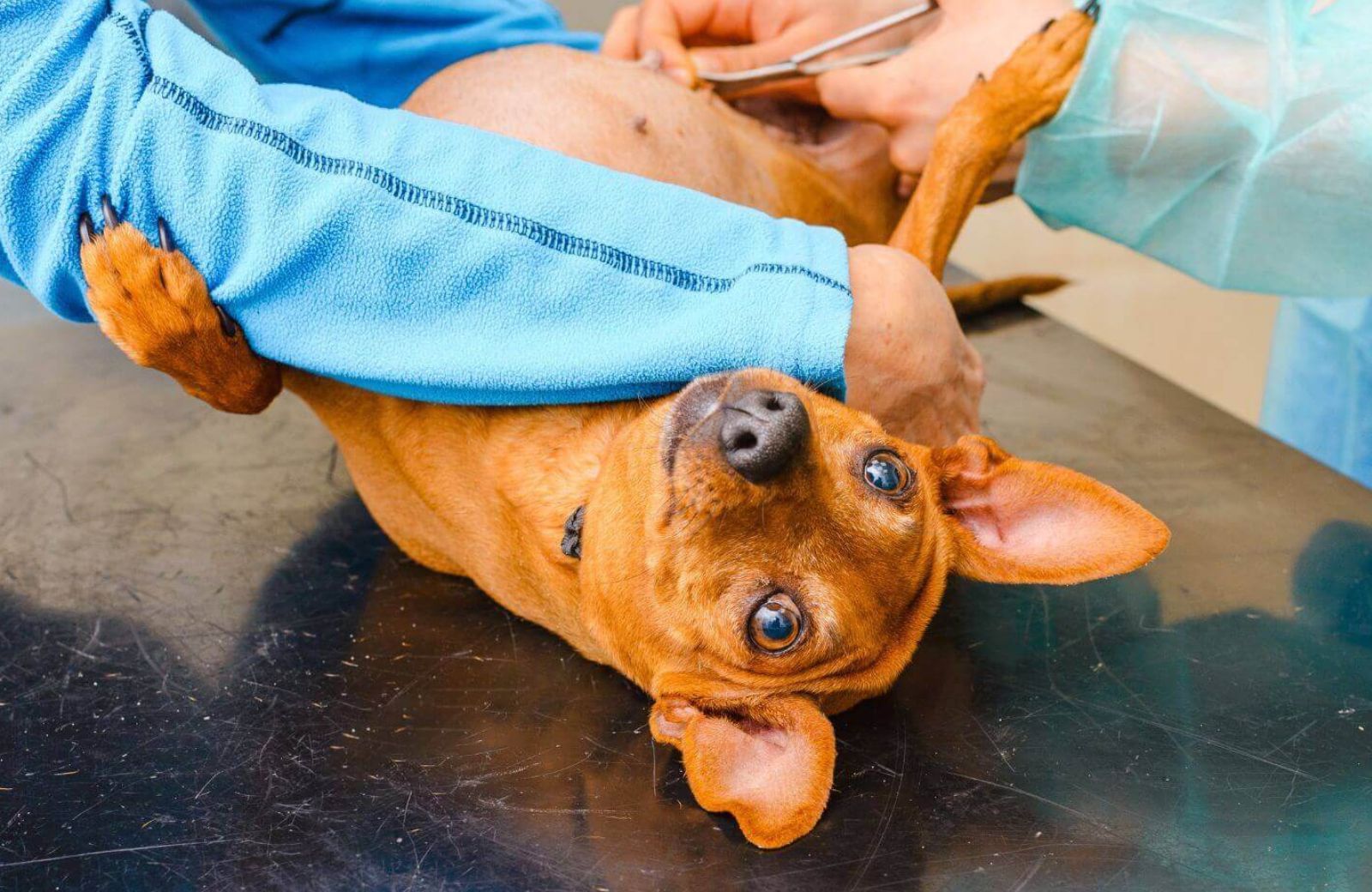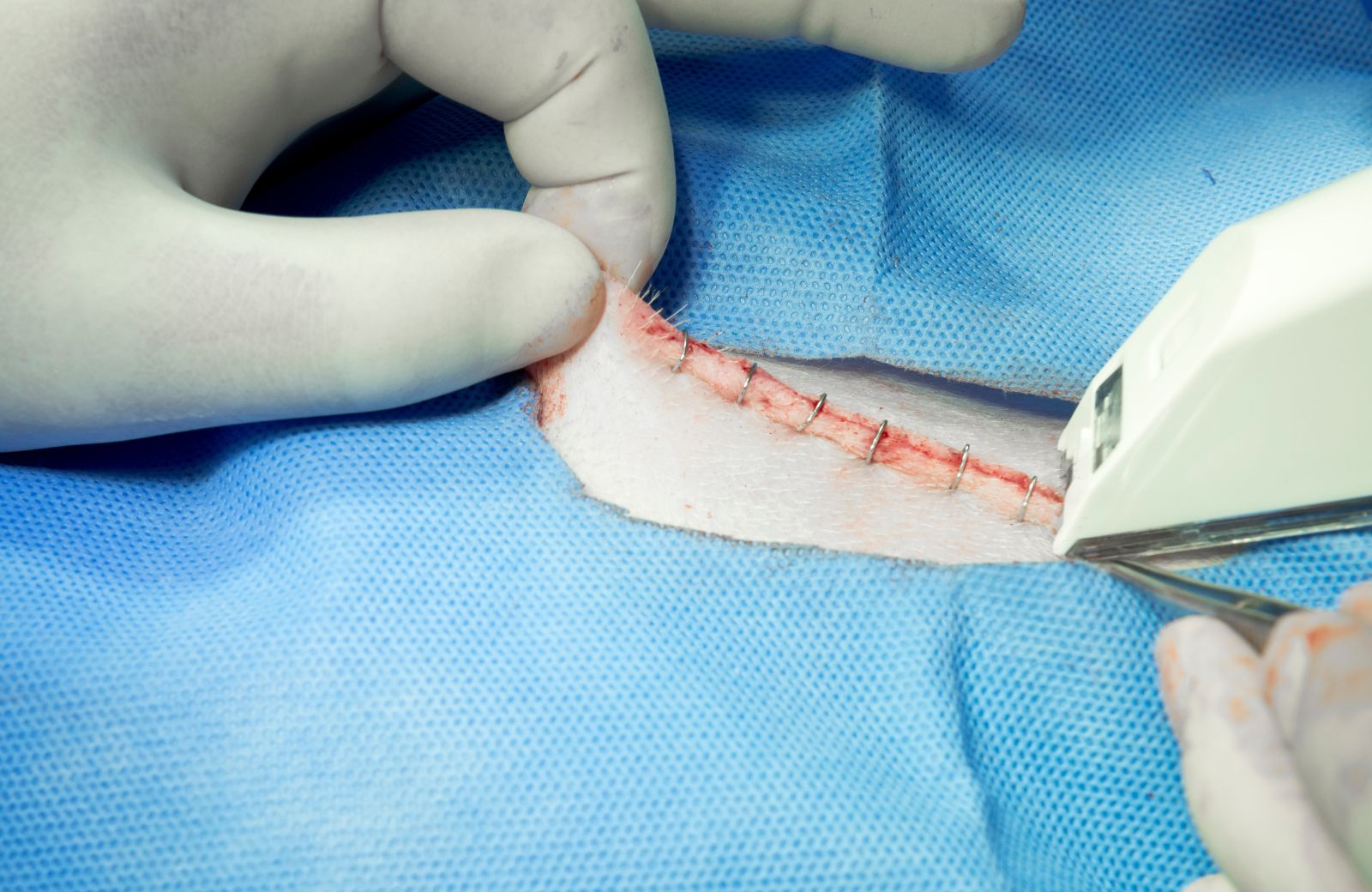 How Much Does Dog Stitches Cost? A Comprehensive Guide
How Much Does Dog Stitches Cost? A Comprehensive Guide
When it comes to our furry companions, their health and well-being are of utmost importance. Unfortunately, accidents happen, and some may require surgical intervention, such as stitches. As a pet owner, understanding the costs associated with dog stitches can help you prepare both emotionally and financially. In this comprehensive guide, we will explore the different factors that influence the cost of stitches for dogs and what you can expect to pay.
Understanding the Average Costs
The costs of dog stitches can vary widely based on several factors, including the location of the injury, the veterinarian’s fees, and the overall complexity of the procedure. On average, pet owners can expect to pay:
- Minor procedures: $50 to $150
- Moderate procedures: $150 to $500
- Severe cases that require extensive care: $500 to $1,000 or more
It’s important to note that these figures are estimations, and actual costs may vary. Potential additional expenses include pre-operative examinations, anesthesia, follow-up visits, and medications for pain relief or infection control, which can contribute to the overall price tag.
Factors Influencing Dog Stitches Cost
Several factors can affect the cost of getting stitches for your dog. Here are the primary considerations:
- Type of Injury: The severity and location of the wound significantly influence the cost. For example, a small laceration may require less stitching and care than a deep gash that affects muscle or requires special attention.
- Veterinary Clinic: Prices vary between clinics based on location, type of establishment (animal hospital vs. private practice), and the veterinarian’s expertise. Emergency clinics often charge higher rates due to their 24/7 availability.
- Geographic Location: Urban areas may have higher veterinary costs compared to rural locations due to increased operational costs. Always check local pricing to get a better idea.
- Anesthesia Needs: If your dog requires anesthesia for a procedure, this can significantly increase the total cost. Sedation may be necessary for some stitches, especially if the injury is complex or causing pain.
- Aftercare: Don’t forget to factor in follow-up appointments to remove stitches, as well as potential medications. Some injuries may require additional care that can add to the overall expense.
Preventing Costly Injuries
While it’s impossible to completely avoid accidents, there are steps pet owners can take to reduce the risk of injuries that might lead to stitches:
- Keep a close eye on your dog during playtime, especially around sharp objects or aggressive playmates.
- Ensure your yard is secure and free from hazards that could cause injury.
- Consider training and socialization to minimize aggressive encounters with other animals.
- Provide appropriate toys to discourage chewing on harmful materials.
Being proactive about your dog’s safety can help reduce the likelihood of accidents that may require stitches.
In conclusion, while the costs for dog stitches may seem daunting, understanding the various factors involved can provide clarity. By being informed and prepared, you can take better care of your furry friend and ensure they receive the medical attention they need when accidents occur. Always consult your veterinarian for the best course of action if your dog is injured, and remember that investing in pet insurance can be a financial lifesaver in emergencies.
 What Factors Influence Dog Stitches Cost?
What Factors Influence Dog Stitches Cost?
When it comes to the cost of dog stitches, pet owners often find themselves grappling with various factors that can significantly influence the overall price. Understanding these factors is crucial for budget planning and ensuring your furry friend receives the best care possible. Below, we explore some of the primary elements that can affect the cost of dog stitches.
Type of Injury
The nature and severity of the injury play a crucial role in determining the cost of dog stitches. Different types of injuries may necessitate specific treatment methods, which can vary in price. For example:
- Superficial Cuts: These generally require simple stitching and are usually less expensive.
- Deep Wounds: More severe injuries that penetrate deeper tissues may require more extensive care, increasing the cost.
- Complex or Multiple Injuries: If a dog has multiple wounds or a particularly complex injury, the cost of stitches can rise significantly.
Type of Stitches Used
The kind of stitches used can also affect the total cost. Vets might use different repair techniques based on the injury:
- Regular Sutures: Traditional stitches are often more affordable and can be effective for various types of injuries.
- Skin Staples: Quick to apply and generally used for larger areas, skin staples can be more expensive.
- Absorbable Sutures: These stitches dissolve over time and may cost more upfront but can save money in follow-up visits.
Geographic Location
Your location can have a significant impact on veterinary costs, including those for dog stitches. Costs can vary from one region to another, leading to notable differences in pricing. Consider the following:
- Urban vs. Rural Areas: Typically, urban areas have higher veterinary costs due to increased overhead expenses.
- Availability of Specialists: Regions with more specialists may have higher charges, especially if specialized care is required.
- Local Market Rates: The competition among veterinary practices can also influence the prices.
Veterinary Clinic and Services
The specific veterinary clinic you choose can play a significant role in the cost of dog stitches. Various factors include:
- Emergency vs. Regular Vet Visits: Emergency clinics may charge higher rates due to the immediate and specialized care required.
- Experience and Qualifications: Veterinarians with more experience or specialized training can command higher fees.
- Additional Services: Some clinics might bundle services (e.g., anesthesia, post-operative care) which can affect the overall bill.
In conclusion, when considering the cost of dog stitches, it is vital to recognize the myriad of factors at play. From the type of injury and stitches used to geographic location and the veterinary clinic chosen, each element contributes to the final price. Being informed about these factors can help pet owners better prepare for potential veterinary expenses and make more educated decisions regarding their dog’s healthcare. Always consult with your veterinarian about the estimated costs involved in treating any injuries to ensure your dog receives necessary care without financial stress.
 Understanding the Average Dog Stitches Cost in Different Scenarios
Understanding the Average Dog Stitches Cost in Different Scenarios
When it comes to taking care of our furry companions, understanding the financial aspects of pet care is vital. One of the common situations that might require stitches for dogs includes injuries ranging from minor cuts to more severe wounds. The cost of dog stitches can vary significantly based on several factors, including the type of injury, the location of the injury, and the geographical area where the treatment occurs. In this section, we will explore the average costs involved in different scenarios.
Typical Costs for Dog Stitches
The average cost of dog stitches can range widely depending on the specific circumstances of the injury and the dog’s health condition. Here are some general price ranges for different scenarios:
- Simple Lacerations: For minor injuries that require basic suturing, costs can range from $50 to $150. These simpler cases typically involve minimal anesthesia and can often be handled during a routine vet visit.
- Moderate Injuries: If the dog has a more moderate wound that may require sedatives or a more involved procedure, the cost can escalate to between $150 and $300. This might include stitches that are deeper, more careful handling, or medication for pain management.
- Complex Wounds: Serious injuries that necessitate extensive stitches, surgical intervention, or hospitalization can cost upwards of $300 to $1,000 or more. In these cases, the veterinarian may need to perform additional diagnostic tests or procedures before stitching up the wound.
Factors Affecting Dog Stitches Cost
Several key factors play a significant role in determining the exact cost of stitches for dogs. Understanding these can help pet owners prepare financially and make informed decisions:
- Type of Injury: The complexity of the wound directly impacts cost. Deeper or larger wounds require more materials and time to stitch, which raises the overall expense.
- Location: The geographic location of the veterinary clinic can influence costs. Urban areas often have higher veterinary fees than rural locations, so pet owners might find that the cost of dog stitches varies based on their area.
- Veterinary Practice: Different clinics charge different rates based on their level of expertise, facilities, and services offered. Specialty veterinary hospitals might also be more expensive due to their advanced equipment and skilled personnel.
- Follow-up Care: In some cases, additional veterinary visits may be required for stitch removal or to check on the healing process, which can add to the total cost.
- Pet Insurance: If your dog is covered by pet insurance, this can significantly offset costs. Some policies may cover a portion of the costs associated with dog stitches, depending on the terms of your coverage.
In conclusion, the average dog stitches cost varies depending on multiple factors, from the severity of the injury to geographic location and veterinary practice. While simple stitches may only set you back $50, more complicated injuries could run into the hundreds or even thousands of dollars. It is crucial for pet owners to discuss with their veterinarian the anticipated costs upfront and consider options like pet insurance to help manage these expenses. Being prepared can ensure your dog receives the necessary care while easing the financial burden on you as a responsible pet parent.
Tips for Managing Dog Stitches Cost and Veterinary Expenses
When it comes to our furry friends, unexpected accidents can lead to unforeseen veterinary expenses, such as dog stitches. Understanding how to manage these costs can alleviate some stress associated with your pet’s healthcare. Here are some practical tips to help you navigate through the financial aspects of dog stitches and veterinary services.
Prioritize Preventive Care
One of the most effective ways to manage expenses related to dog stitches is to invest in preventive care. Regular check-ups, vaccinations, and maintaining a healthy lifestyle for your pup can significantly reduce the risk of accidents and injuries that require stitches. Consider the following:
- Regular Veterinary Check-ups: Schedule routine visits to ensure your dog is in good health.
- Vaccinations: Keep your dog’s vaccinations up to date to prevent diseases that could lead to complications.
- Healthy Diet and Exercise: Maintain a balanced diet and ensure daily activity to avoid health issues that may require surgical intervention.
Explore Pet Insurance Options
Pet insurance can be a lifesaver when it comes to unexpected veterinary expenses. Research various plans that cover surgeries, stitches, and emergency visits. To maximize your benefits, consider the following:
- Compare Plans: Look at different insurance providers and their coverage options to find one that fits your needs.
- Read the Fine Print: Understand what is covered under the policy, especially the specifics regarding surgical procedures and treatments.
- Enroll Early: It’s usually cheaper to get insurance when your dog is young and healthy, as premiums can increase with age.
Ask About Payment Plans
Many veterinary clinics offer flexible payment options to help ease the financial burden when sudden expenses arise. Engage in an open dialogue with your vet about potential options:
- Payment Plans: Inquire if your vet allows you to pay the bill in installments rather than a lump sum.
- Credit Options: Some clinics partner with financing companies that offer loans specifically for pet care.
- Discounts: Ask if your vet offers discounts for loyal customers or for certain services.
Be Prepared for Emergencies
Having a financial cushion for unexpected emergencies can significantly reduce stress when you need to rush your pet to the vet. Here are some suggestions to prepare for these situations:
- Emergency Fund: Set aside money each month specifically for pet emergencies, so you have funds ready when needed.
- Research Local Vets: Familiarize yourself with emergency veterinary clinics in your area and their pricing structures.
- Communication is Key: Be proactive in discussing your financial limits with your veterinarian, so they can provide options that fit your budget.
By taking these proactive steps, pet owners can manage the costs associated with dog stitches and related veterinary expenses more effectively. Being informed, prepared, and open to communicating with your veterinarian can help minimize stress and ensure your beloved pet receives the care they need without breaking the bank.

